‘Remember, remember’ hedgehogs on 5th November
The spiky little animals can find themselves in a heap of trouble on bonfire night
November 5th. We usually remember the bonfire, the fireworks, the Guy Fawkes effigy, the hot chocolate. Maybe even toffee apples.
But while we’re (rather oddly) celebrating the failure of a plot to blow up Parliament more than four hundred years ago, what happens to the wildlife that would normally be sharing our gardens, our parks, or our public spaces?
While most wild animals will be spending the night underground or safely perched in trees, one little spiky mammal in particular can find itself in a whole lot of trouble: the hedgehog.
Many of us probably already know if we have hedgehogs in the garden because of the wet, black faeces (which in my garden at least are often made entirely of slugs) they leave behind them as they wander about. We may already be on the lookout for them, then.
Nevertheless every year animals like hedgehogs that have curled up in the wood and brush we pile up and set light to are accidentally injured or even killed.
So what can we do?
Bonfires can be deadly for hedgehogs because they appear to be a home from home for hedgehogs wandering about looking for a place to shelter before winter sets in.
But there is plenty we can do to ensure our bonfire night is ‘hedgehog-friendly’.
Here are a few suggestions:
Most importantly, try to build the bonfire on the same day it will be lit – if we’re lucky enough to have hedgehogs in our local area piles of wood and leaves are just what they’ll be looking for to hibernate in. Delaying building the bonfire for as long as possible will also be beneficial for toads and frogs that might also be looking for safe spots to overwinter.
If we do need to build the bonfire in advance, completely ‘fence it off’ with chicken wire one metre high. Angling the wire outwards makes it more difficult for a hedgehog to climb over it.
Remember to check the bonfire with a torch before lighting it – particularly look for any movement in the centre of the heap as this is where a hedgehog (or any other small wild animal) would most likely hide away. Remember though, hedgehogs typically roll into a ball as a defence and don’t ‘flee’ like most animals, so check very carefully.
When checking the bonfire please do not use anything sharp or with a point (like a long, sharp stick or a garden rake) as this could cause an injury. Gently uncovering the leaves etc using a broom for example shouldn’t hurt a hedgehog.
While checking the bonfire listen out for a hissing sound – hedgehogs are usually silent when they sense danger but a hiss is the noise made by a hedgehog in distress.
When we do light the bonfire, start at one corner rather than the centre – this should give any hedgehogs or other wild animals inside a chance to escape, but again remember, remember that hedgehogs typically roll into a ball so please keep checking!
What if we find a hedgehog?
While many of us will be crossing our fingers hoping we don’t find a lodger in the pile of wood and leaves we’re planning to set fire to, there are steps we can take to help any hedgehogs we do find.
If we do find a hedgehog, we either need to not light the fire or (which is probably more likely in most cases) move the hedgehog to safety or provide alternative overnight lodgings in a high-sided cardboard box.
Do first scoop up some of the leaves and twigs the hedgehog was curled up in and place them in the box. A bare box is very unfamiliar habitat for a hedgehog and it’s unlikely he or she will be able to settle.
These are – of course – very prickly animals indeed, so please always put on gardening gloves or a thick alternative before trying to move a hedgehog.
And don’t worry about those stories that ‘hedgehogs are covered in fleas’! Hedgehogs can occasionally become infested with fleas but they will usually only have a few residents on them which cause them no harm. And the fleas found on hedgehogs are actually hedgehog fleas (Archaeopsylla erinacei) which are host-specific: that means they won’t survive for long on any other species – whether that’s us humans or our companion animals.
Before releasing the hedgehog again the next day please make sure the bonfire is completely out and the embers have been damped down with water.
Release the hedgehog close to the spot where he or she was found and under a bush if possible.
Try and release at dusk when the risk of predation (or a curious dog) is much lower.
If you’d like to send your house guest away with a full tummy, hedgehogs will tuck into any combination of meat-based wet dog or cat foods, or dry cat/kitten food. Milk though can cause diarrhoea and bread is pretty much empty calories which might fill a hedgehog up but not be nutritious.
Has the hedgehog been injured?
Not just relevant to bonfire night but all year around, please contact your nearest wildlife rescue if there are any signs that a hedgehog may be injured or been burned. Most rescues are staffed by volunteers who work their socks off to help hedgehogs and they will help if at all possible. Just search online for your nearest rescue.
Hedgehogs need our help.
Hedgehogs are wonderful animals that spend their lives snuffling about looking for small insects, worms, slugs and snails. They are declining though and need our support.
Even in the countryside the hedgehog population has halved since 2000. In fact, along with Water Vole, Hazel Dormouse, and the Grey Long-eared Bat, the once common and widespread hedgehog was listed in 2020 as Vulnerable to extinction in the first UK Red List of British Mammals.
A summary concluding the “State of Britain’s Hedgehogs 2022” report summed up the situation and outlined the ways that massive changes to (particularly) the farmed environment were impacting these beautiful little mammals.
“Foremost of the pressures that hedgehogs face is an impoverished environment. We also need to look at other aspects of the countryside: at the management of field margins and soils, and the number and abundance of invertebrate species; at connectivity in the landscape, linking habitats and populations; at climate change; and at the interaction of species in a changing environment. The continuing loss of a generalist species such as hedgehogs, like that of farmland songbirds, is the ‘canary in the coal mine’. To stop it, we need to recognise the essential value of biodiversity, our dependence on the tapestry of natural habitats and species. That tapestry is becoming threadbare. Even if you care little about hedgehogs, we should all care about the nature that supports them and us.” David Wembridge, Grace Johnson, Nida Al-Fulaij & Steve Langton




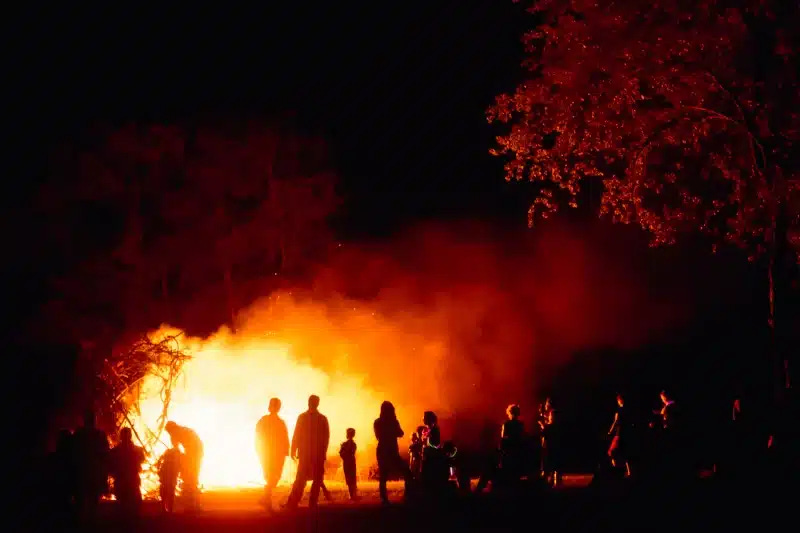
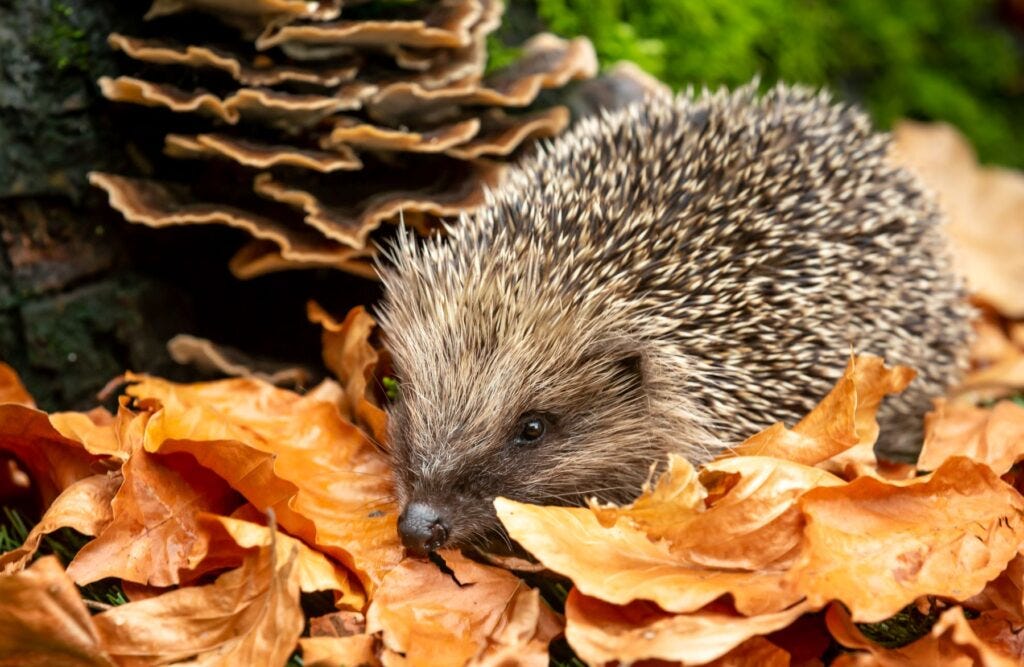
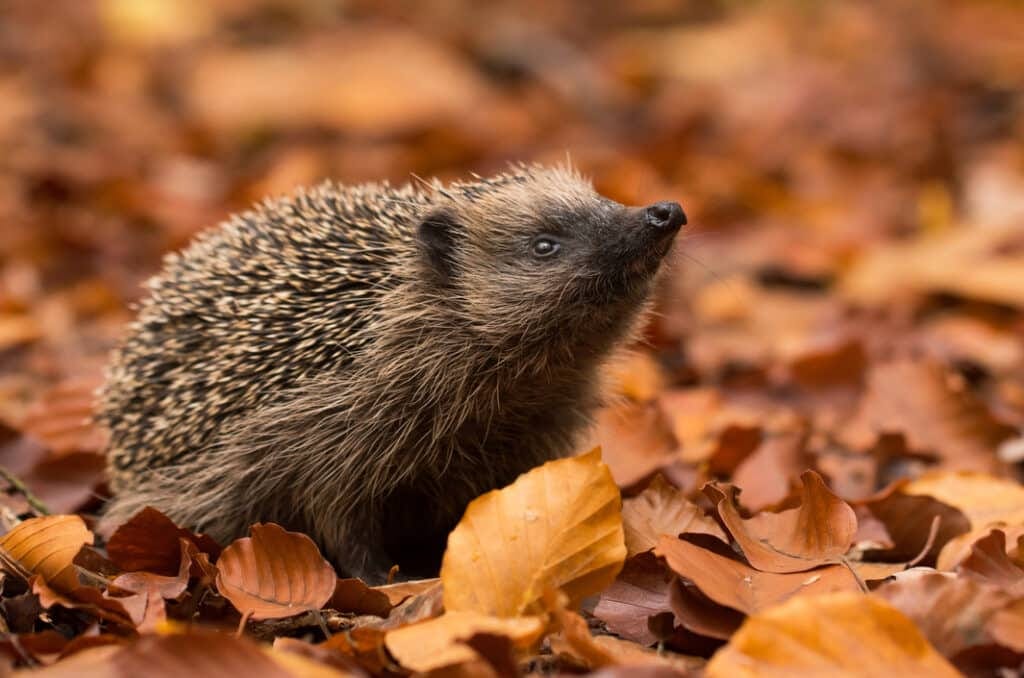
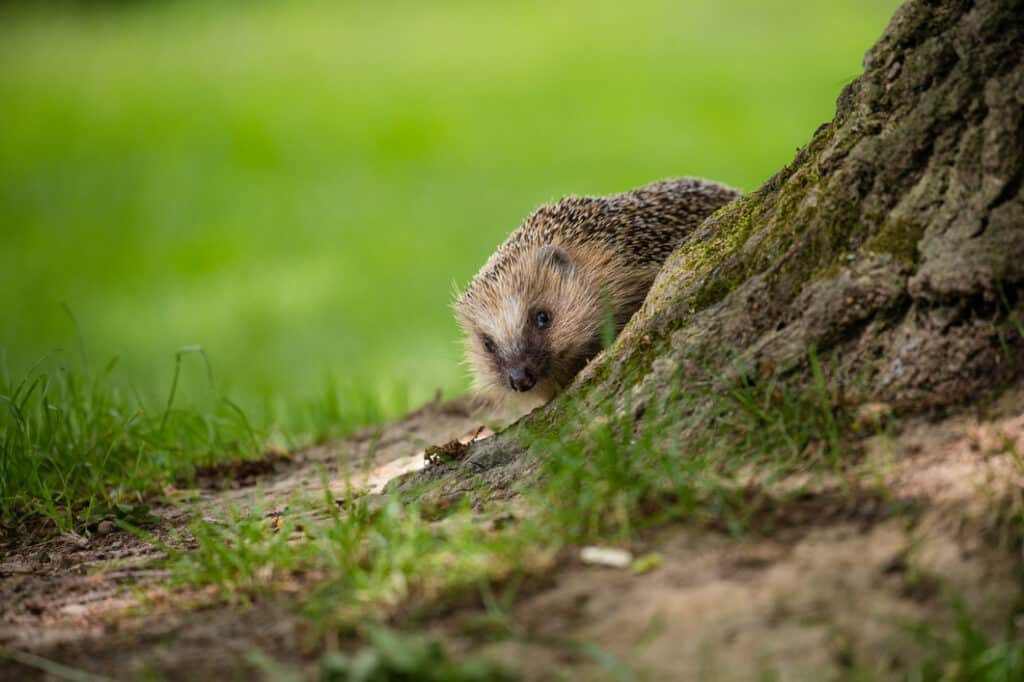
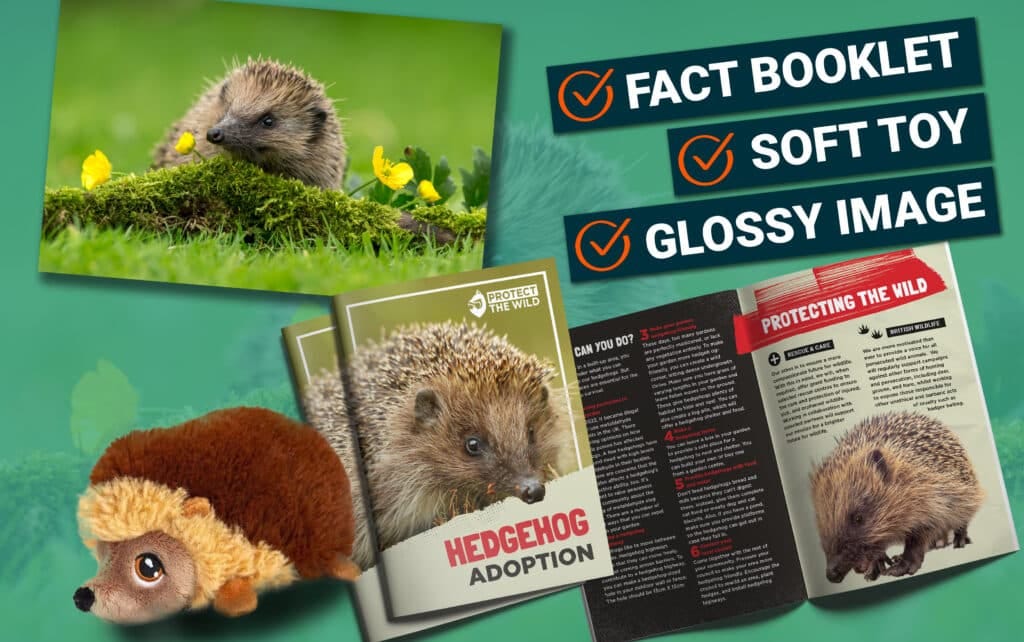
Preferably, don't have a bonfire and ban fireworks altogether for the sake of all animals! Why burn money like that anyway? Donate it to Protect The Wild instead!
Bonfire nights a pain in the arse, waste of money, many animals suffer its time to only have registered bonfires and firework displays, with knowledgable people in charge. Im against fireworks having lost my horse to the stress it brought on and the lives of many other animals it terrerfies and the damage it causes